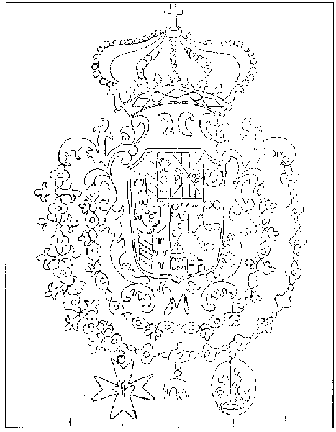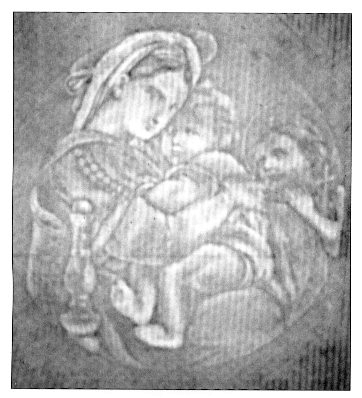Watermarks are symbols (marks) used to indicate the origin (authenticity), quality, and/or ownership of a particular paper or image. Watermarks first appeared in the late 1200s in Fabriano, Italy. Watermarks were originally clear and could only be seen by lifting the paper up to the light. Later in the mid 1800s the dark line watermark was perfected by the William Henry Smith wherein watermarks became incredibly more detailed and had a range of light and shadow. These watermarks perfected by Smith still required light to be visible.

The above is an example of watermarks prior to the light and shade method.

The above is an example of the light and shade method.
In the present day, while watermarks for paper are likely still in use, digital watermarks altered the concept of watermarks. Where the watermarks of the past were more often made to ensure the quality of the paper i.e., prevent fraud; the watermarks of the present function more so as marks of ownership to prevent theft. Although, unlike the gettyimages and shutterstock photos attached to this post, not all digital watermarks are visible. Some digital watermarks, true to their roots, are not visible without doing some digging. Instead of the image being held up to the light to see the mark, one would need to search the metadata of the image to find the mark.


Sources:
Watermark examples: http://baph.org.uk/watermarks.html, https://www.princeton.edu/~graphicarts/2010/07/chiaroscuro_watermark.html
History of Watermarks: https://www.dartfordarchive.org.uk/technology/paper_marshall.shtml, https://en.wikipedia.org/wiki/Light-and-shade_watermark
How Watermarks are Used Today: https://smartframe.io/blog/how-secure-is-watermarking-what-you-need-to-know-about-watermarking-digital-images/
Porter is a junior Art & Design major focusing upon graphic design and studio art. Porter is currently developing a series of large scale prints and needleworks that address interpretative roles of iconography in contemporary society. In research, Porter has developed a series of symbols and terms that address gender and identity issues as seen today.


